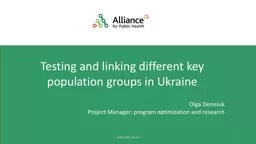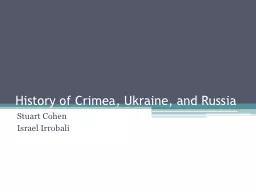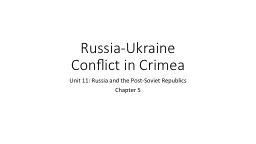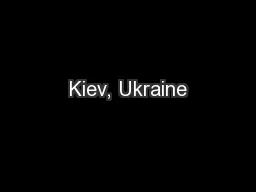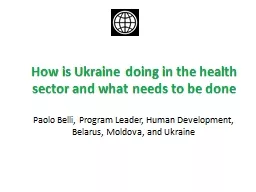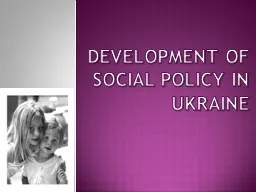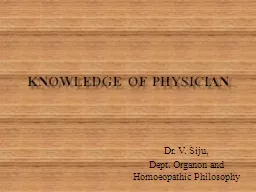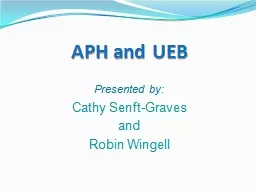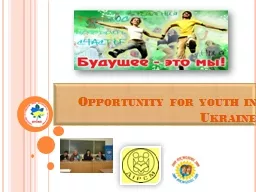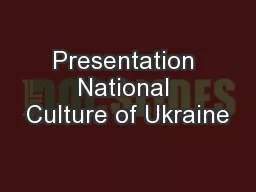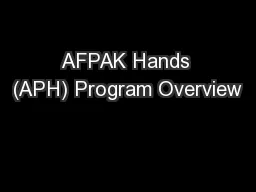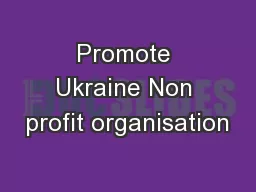PPT-www.aph.org.ua 1 Testing and linking different key population groups in Ukraine
Author : discoverfe | Published Date : 2020-07-01
Olga Denisiuk Project Manager program optimization and research HIV treatment cascade among PWID 2017 IBBS data wwwaphorgua Cascade indicators are more than
Presentation Embed Code
Download Presentation
Download Presentation The PPT/PDF document "www.aph.org.ua 1 Testing and linking dif..." is the property of its rightful owner. Permission is granted to download and print the materials on this website for personal, non-commercial use only, and to display it on your personal computer provided you do not modify the materials and that you retain all copyright notices contained in the materials. By downloading content from our website, you accept the terms of this agreement.
www.aph.org.ua 1 Testing and linking different key population groups in Ukraine: Transcript
Download Rules Of Document
"www.aph.org.ua 1 Testing and linking different key population groups in Ukraine"The content belongs to its owner. You may download and print it for personal use, without modification, and keep all copyright notices. By downloading, you agree to these terms.
Related Documents

